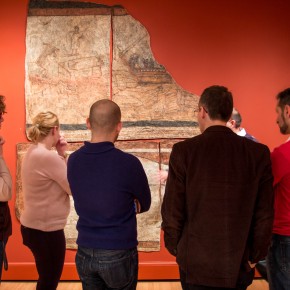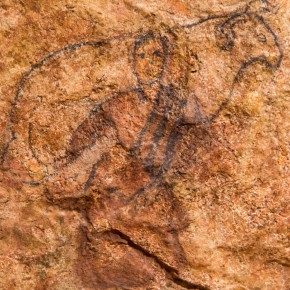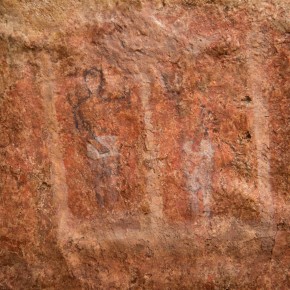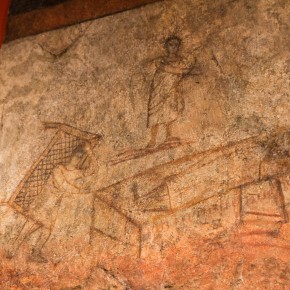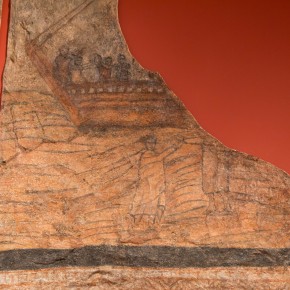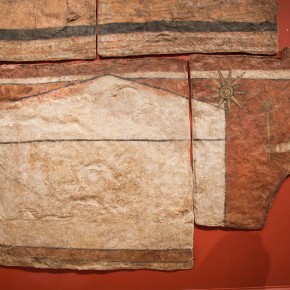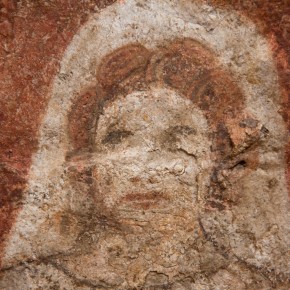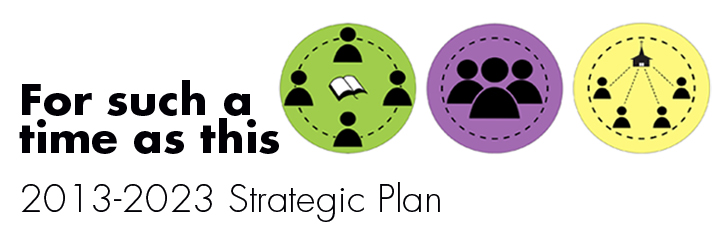
Last week, the Metropolitan New Synod released a press release about the implementation of parts of the Synod’s strategic plan. Read it here. Before I toot my own horn about the part I’m participating in, you should read it. I’ll wait. Do do doo do dooo. What are you doing here? Go click. Read it! Got it? Great.
First, I’m going to ignore (mostly) the content of the press release right now. There’s a lot in there and I’ll admit I have a stake in this strategic plan since IMP is the project I’m working on. But I wanted to point out just the overall tone of the press release and who the target audience of that press release is. Doesn’t it just scream “oh hey, pastor; look at me!” All six, to some degree, are painted as being pastor oriented. Two might target lay people (even though IMP should too) but maybe also to members of congregational councils. Either way, it is a press release for pastors and no one else. And that’s kinda sad.
Now I pray that soon, God-willing, I’ll be ordained into the ELCA. I’m not a pastor but I’m close. I’ve been at the synod office; I’ve met a handful of bishops; my paperwork has graced the ancient halls of that great mythological beast run by Formatta Filer. I’m more plugged into the ELCA than others but even I was a little “come on” when I read this. Where is the love for the lay person? Where is the basic attempt to engage with those who are not in the know? Where is the “less is more” mentality that fits a social media world? I’m still scratching the surface with the possibility of what can be possible with social media but I know that this press release isn’t shareable online. It’s an artifact of another era. And that’s what bugs me because it doesn’t need to be. We can do better than this. We can actually create releases that excite people in the pews. I don’t want to see pastors sharing this on Twitter or Facebook. I want to see lay persons, young people, old people, and everyone passing this information online and through the mail. We’ll know we got it right when the pastor isn’t the primary conduit for information coming out of the synod. “Which Game of Thrones Character Are You” shouldn’t be the only thing I see my friends sharing online.












 After a very successful visit to the doctor’s office (O is healthy, on-track, and off the chart in all the things), O and I settled in for some quality time together on the couch. As he sat there looking at “Hop and Pop,” I opened up
After a very successful visit to the doctor’s office (O is healthy, on-track, and off the chart in all the things), O and I settled in for some quality time together on the couch. As he sat there looking at “Hop and Pop,” I opened up 

